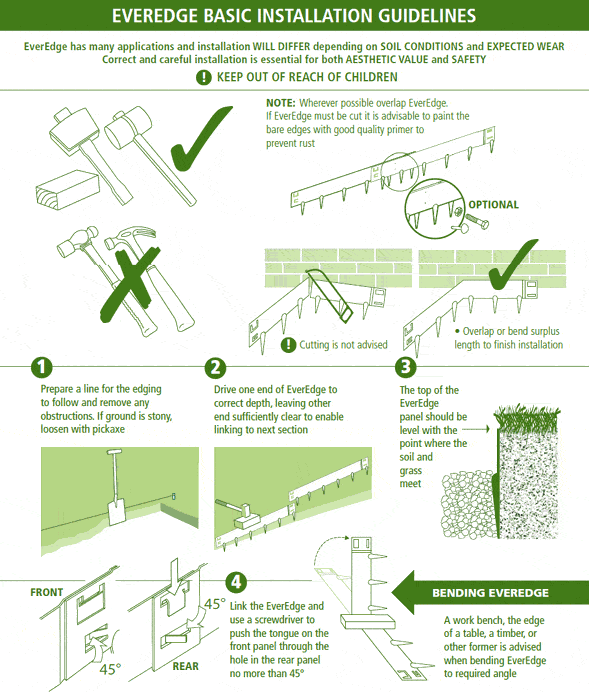EverEdge was invented in the mid 1990s by Richard Hall in Shropshire. He needed to find a solution that would keep the edges on his garden, driveway and paths from crumbling.
The EverEdge range is a modern take on a Victorian idea. Victorian stately gardens used thick chunks of iron to maintain their edges, some of which is still visible today in some National Trust properties. However, not only was this not a very flexible material but, now, such a product would be prohibitively expensive. Richard was able to tap into his extensive experience within the steel industry to invent a range of flexible, durable and attractive products which are suitable to edge projects of all shapes and sizes.
This range is still manufactured in the Midlands and is bought by gardeners, amateur and professional, in more than 40 countries worldwide.


